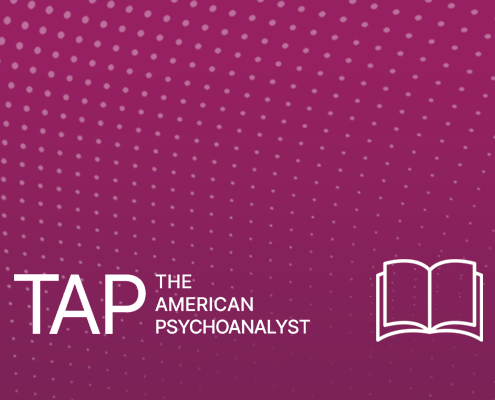Beginning with the question of the individual’s fitness with their family of origin, the authors describe the variables that determine the adolescent’s capacity to join peer groups. Optimally, the adolescent – when cognitive advancement is combined with a specific kind of group psychological mindedness – can consolidate their group identifications. When traumatized, an adolescent’s exclusion from groups is characterized by bullying dynamics. Clinical vignettes demonstrate the authors’ way of addressing hurtful and beneficial group experiences within their patients’ individual therapies. They include an example from their work together with a specific family. Finally, they offer technical suggestions for this work, including how to recognize when an additional referral for group therapy is indicated.
APsA Publications

The Journal of the American Psychoanalytic Association (JAPA)
JAPA is a peer-reviewed journal publishing original articles and commentaries, ground-breaking research, thoughtful plenary addresses, in-depth panel reports, and more.

The American Psychoanalyst (TAP)
APsA’s triannual magazine, TAP, offers a psychoanalytic perspective on current events in psychology, the arts, and culture for mental health professionals, students, and the general public.

Psychotherapist Newsletter
The Psychotherapist Newsletter features scientific programs and publications about psychoanalytic psychotherapy, personal reflections, social and community issues, and advocacy.
© 2009-2025 American Psychoanalytic Association | 122 East 42nd Street, Suite 2310, New York, NY 10168 | Phone: (212) 752-0450 | [email protected]

